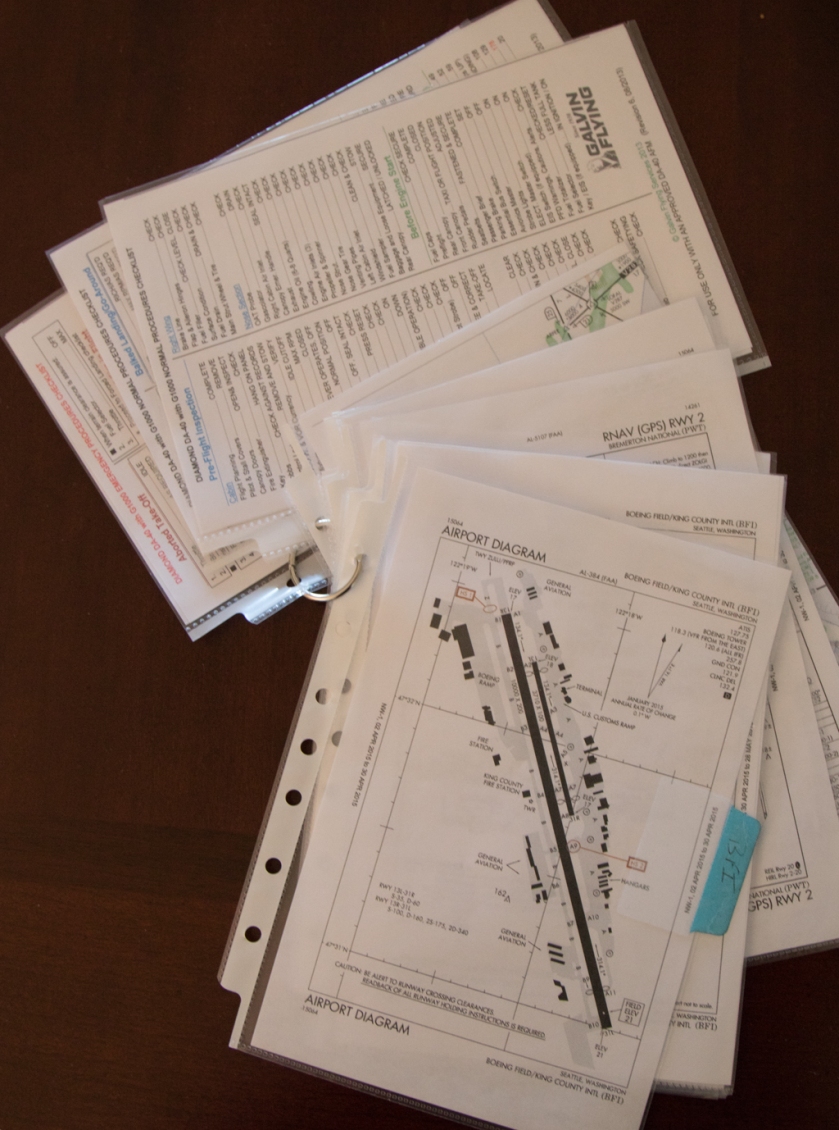The FAA will soon stop producing and distributing World Aeronautical Charts (WACs). According to
Policy for Discontinuance of World Aeronautical Chart Series announced in the Federal Register by FAA’s Aeronautical Information Services – AJV-5:
The FAA is continuing to expand the availability and capability of modern aeronautical navigation products. At the same time, we must rigorously analyze our suite of products and determine the feasibility and practicability of providing products that are no longer in demand from the public or have become obsolete due to technological advances. Since 2007, unit sales of the World Aeronautical Charts are down 73 percent. (Sales are down 10% year over year 2013/2014.) The cost to develop this product is independent of the sales. The cost of resources drives a steady and consistent rise in costs associated with the production of the World Aeronautical Chart to the FAA…
The FAA concludes that maintenance of both VFR series charts (the World Aeronautical Charts at a scale of 1:1,000,000 and the Sectional Aeronautical Charts at a scale of 1:500,000) is unsustainable. As a derivative product, the World Aeronautical Chart does not contain the full aeronautical and base information available to users of the Sectional Aeronautical Charts.
The notice gives the following schedule for the final versions of various WAC charts:
FAA will discontinue the compilation, printing, and dissemination of the World Aeronautical Chart series and we will continue to maintain the compliment [sic complement] of other comprehensive visual aeronautical charts. Charts: CC-8, CC-9; CD-10, CD-11, CD-12; CE-12, CE-13, CE-15; CF-16, CF-17, CF-18, CF-19; CG-18, CG-19, CG-20, CG-21; CH-22, CH-23, and CH-24 will cease to be printed beyond September 17, 2015. Charts: CH-25; CJ-26, and CJ-27 production will end upon their next scheduled printing dates of December 10, 2015; February 04, 2016, and March 31, 2016 respectively. (See the Dates of Latest Edition).




